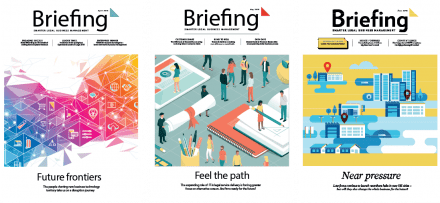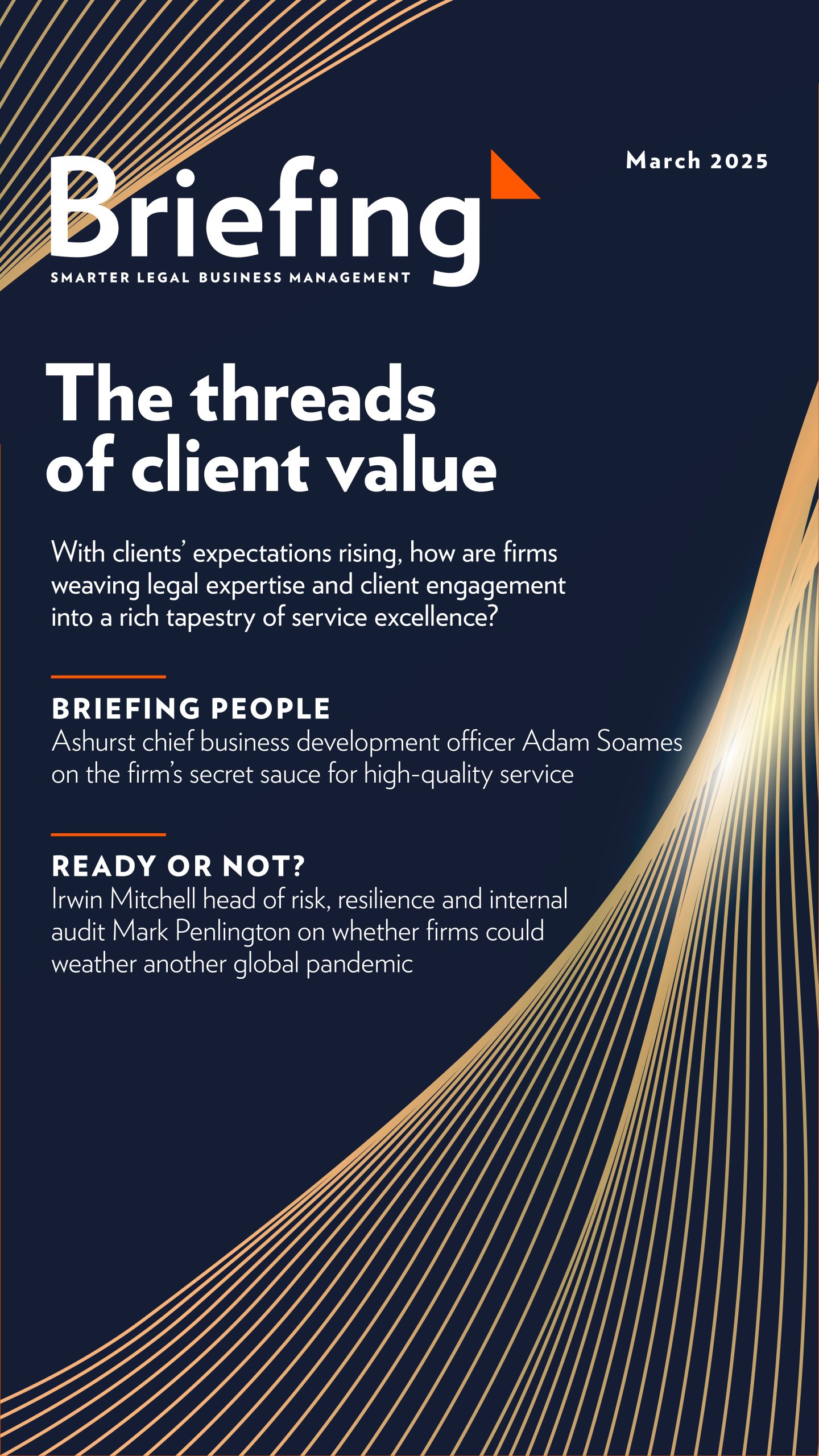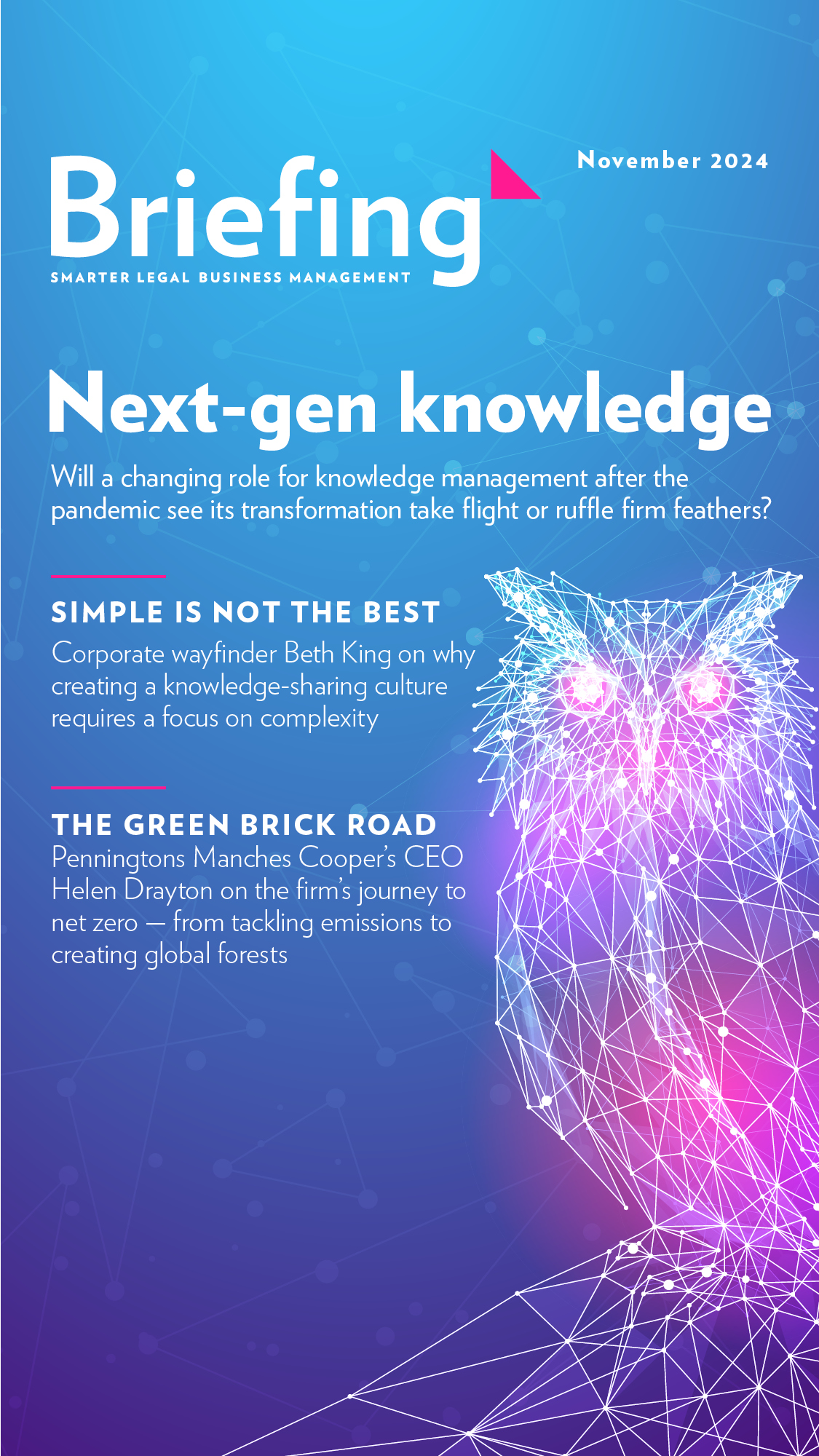As firms continue to adapt to these new ways of operating, they face both notable benefits and distinct challenges that are reshaping traditional practices and fuelling the rise of consultancy.
Remote and hybrid working — the good and the bad
Once a relatively unknown term, remote working is now a widely used practice within the legal industry, with most firms operating hybrid policies. Enabled by rapid technological advancements, flexible work arrangements now allow law firms’ employees — both fee earners and business services team members — to operate from virtually anywhere.
Remote working has also opened doors to a wider and more diverse talent pool. By removing geographical limitations, firms can attract top legal professionals regardless of location. This is particularly important as the workforce continues to evolve, with a new generation of professionals seeking flexibility and career autonomy. As such, firms that embrace this shift can enhance their competitive edge by securing high-calibre talent that might otherwise have been out of reach.
However, remote working can have its downsides, particularly when it comes to learning, development and support. In some ways, it proved that some things really need to be done in person.
There’s no substitute for hearing the buzz of the office, and being able to listen and learn off the back of the phone calls and conversations colleagues are having with clients and one another. On top of this, as a senior member of the team, being present and readily available whenever someone has a question is extremely important, and getting a feel of the work that is taking place around the team is a vital part of how our firm operates.
Office work is also incredibly important for training and mentoring the next generation of professionals. Without having that in-person exposure within this professional environment, learning can be seriously impeded to the detriment of the development of junior team members in particular.
The rise of consultancy
There are undeniably huge benefits to remote working — one of which has been how it has enabled the growth of the legal consultancy model. This has become an attractive and viable alternative way of working for experienced lawyers that can offer increased earnings and a better work/life balance.
Taylor Rose’s consultancy programme is a prime example of this trend, which has grown from 300 consultants to 1,300 since 2020. The model is now also taking off in Australia, where we launched Taylor Rose Australia as a joint venture in 2023 — this has tripled its revenues in the past 18 months and became a significant player in this area.
Technological change
Supporting the huge change in working patterns required considerable technological change for firms. At Taylor Rose, we took the technology that was already attractive to remote working consultants — a ‘log-on anywhere’ secure desktop application connected to a cloud-based portal, enabling solicitors to interact directly with clients and manage documents seamlessly — and made it the standard across the organisation, both in offices and remotely. This has enabled us to be even more responsive and flexible in supporting colleagues and serving our clients.
This turbocharged technology adoption has undoubtedly also made firms think differently about how they deliver services. Clients have got used to very slick digital services in almost every element of their lives, and have rightly come to expect that level of digital experience from their law firms too.
As such, firms have been forced to seriously consider how they work together and collaborate internally, and how they deliver work to and interact with clients. Consequently, the level of technological innovation in the sector is considerably higher than ever before.
At Taylor Rose, we have invested in digital infrastructure to ensure that we are well-equipped to adapt to future challenges and capitalise on new opportunities. Most importantly, these changes have provided us with the innovation and the tools to give our clients and lawyers a better experience, much faster than they would have otherwise happened. Both are essential to our future growth and success and are in my view the two lasting impacts of Covid-19 that will really make an ongoing difference in legal services.
The evolution toward remote and hybrid working models is transforming the legal sector in profound ways. While the benefits include greater flexibility, enhanced digital capabilities and the rapid expansion of legal consultancy, challenges remain — particularly in maintaining robust training and in-person collaboration. Firms’ abilities to navigate these complexities will be crucial as they strive to thrive in an increasingly digital and flexible legal landscape.















